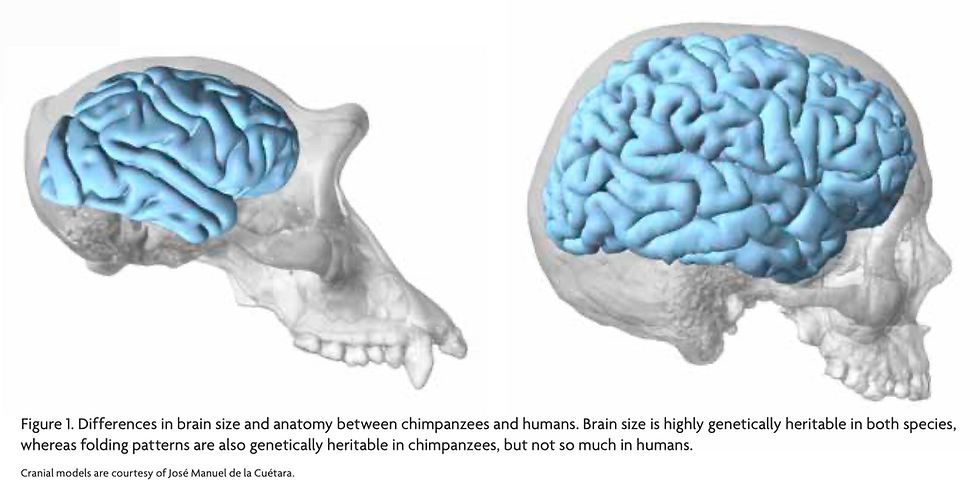Mental Imagery and Representation
- Wu, Bozhi

- Oct 20, 2019
- 2 min read

Reading:
Anderson, J. R. (2005). Perception-based knowledge representations
While we have been accustomed to our ability to form mental representations of objects and operate on them in our mind, it is an extremely difficult and mysterious phenomenon to be understood. Now, I am sitting in front of my desk and typing on my computer, but I can choose to close my eyes at any point and then start to navigate through my whole apartment, finding the route from the entrance to the bedroom. Even more fascinatingly, by familiarizing the map of my neighborhood, I can imagine the bird's-eye view of myself walking on the street, although I have never flown in the sky.
This phenomenon certainly takes place at the perceptual level, as what we are dealing with are abstract objects and way beyond the limited information our sensations could give us. It depends on previous visual inputs, our ability to recognize and identify objects, and the ability of mental rotation (the ability of operating on the spatial domain more generally). Although we can kind of make sense out of this abstract process, the detailed explanation for any one of these abilities is not fully understood.
In this essay, I would like to mainly summarize two of the most interesting findings related to this topic in the field of neuroscience.
Two types of mental imagery seem to exist in our perceptual system, one for the spatial component, and the other for the visual component. People familiar with introductory neuroscience probably remember the discovery of two visual pathways staring from the primary visual cortices. One is the ventral pathway or “what” pathway which goes into the temporal cortex and involve structures like the V4, the lateral occipito-temporal cortex, and the fusiform face area (FFA). And the other is the dorsal pathway or “where” pathway which connects with the parietal lobe and is involved in the processing of spatial information of the objects. This distinction is also validated by patients who have suffered from injuries in either of these brain regions. With a brain injury in the ventral pathway, patients’ ability of mental rotation and spatial computation remains intact. Nevertheless, if the damage is on the parietal lobe, patients can name the objects, recognize their functions, but cannot operate on the spatial dimension. These are certainly interesting findings that have helped us in understanding the information-processing mechanism underlying our ability of mental imagery.

Another exciting finding is that our mental imagery is generally processed in the same way as actual visual perception, and many of the neural structures involved are overlapped. In other words, comparing my actual visual perception of looking at an apple and my mental imagery of an apple in my mind, they generally activate similar brain regions. Although the primary visual cortex is not always recruited, the later visual areas and the occipital cortex and generally activated.
However, my fundamental question is how are we able to trigger that part of the visual representation by ourselves. And more importantly, how are those information stored in those regions? It is probably also closely connected to our understanding of the memory system and eventually our creativity.







Comments